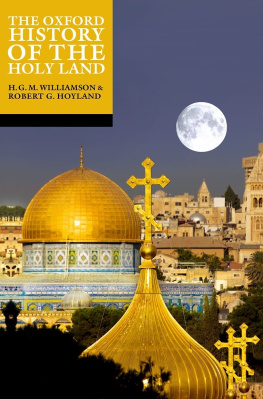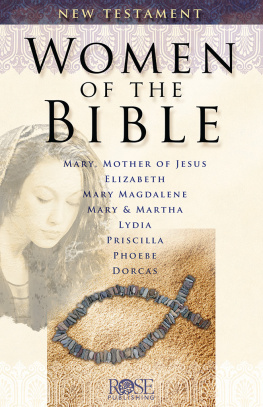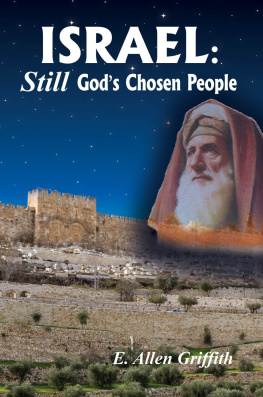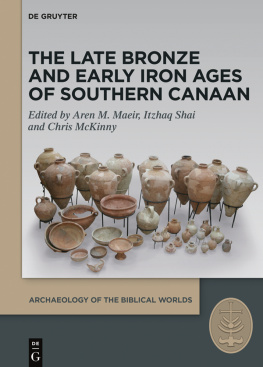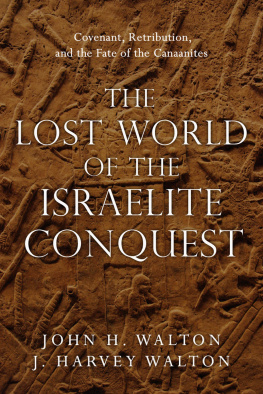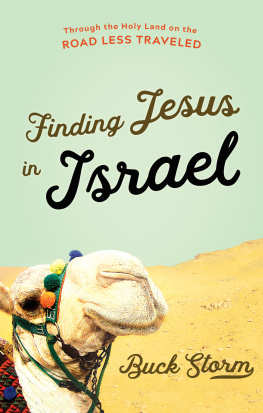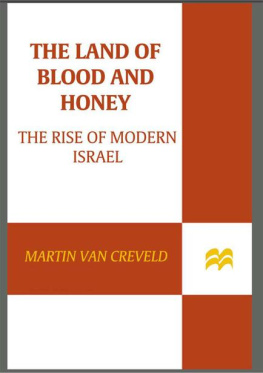Cascade Companions
The Christian theological tradition provides an embarrassment of riches: from Scripture to modern scholarship, we are blessed with a vast and complex theological inheritance. And yet this feast of traditional riches is too frequently inaccessible to the general reader.
The Cascade Companions series addresses the challenge by publishing books that combine academic rigor with broad appeal and readability. They aim to introduce nonspecialist readers to that vital storehouse of authors, documents, themes, histories, arguments, and movements that comprise this heritage with brief yet compelling volumes.
Recent titles in this series:
Feminism and Christianity by Caryn D. Griswold
Angels, Worms, and Bogeys by Michelle A. Clifton-Soderstrom
Christianity and Politics by C. C. Pecknold
A Way to Scholasticism by Peter S. Dillard
Theological Theodicy by Daniel Castelo
The Letter to the Hebrews in Social-Scientific Perspective by David A. deSilva
Basil of Caesarea by Andrew Radde-Galwitz
A Guide to St. Symeon the New Theologian by Hannah Hunt
Reading John by Christopher W. Skinner
Forgiveness by Anthony Bash
Jacob Arminius by Rustin Brian
The Rule of Faith: A Guide by Everett Ferguson
Jeremiah: Prophet Like Moses by Jack Lundbom
Richard Hooker: A Companion to His Life and Work by W. Bradford Littlejohn
Scriptures Knowing: A Companion to Biblical Epistemology by Dru Johnson
John Calvin by Donald McKim
Rudolf Bultmann: A Companion to His Theology by David Congdon
The U.S. Immigration Crisis: Toward an Ethics of Place by Miguel A. De La Torre
Theologia Crucis: A Companion to the Theology of the Cross by Robert Cady Saler
Theology and Science Fiction by James F. McGrath
Virtue: An Introduction to Theory and Practice by Olli-Pekka Vainio
Approaching Job by Andrew Zack Lewis
Reading Kierkegaard I: Fear and Trembling by Paul Martens
Deuteronomy: Law and Covenant by Jack R. Lundbom
The Becoming of God: Process Theology, Philosophy, and Multireligious Engagement by Roland Faber
Chronology
T his volume traces the history of the Canaanites back some five millennia to the Early Bronze Age in the Levant. Since textual sources are unavailable for much of this history, the archaeological periodization of the southern Levant has been used as a way to frame the chronological development of the Canaanites.
Date (Years BCE) | Archaeological Period | Abb. |
3200 to 2500 | Early Bronze Age II | EB II |
2500 to 2200 | Early Bronze Age III | EB III |
2200 to 1800 | Early Bronze Age IV (Middle Bronze I / Intermediate Bronze) | EB IV MB I / IB |
1800 to 1550 | Middle Bronze Age | MB |
1550 to 1200 | Late Bronze Age | LB |
1200 to | Iron Age I | Iron I |
to | Iron Age IIIII | Iron IIIII |
Abbreviations
AF Altorientalische Forschungen
AFOArchiv fr Orientforschung
ANESAncient Near Eastern Studies
BASORBulletin of the American Schools of Oriental Research
EAelAmarna
EB/EBAEarly Bronze Age
GNgeographic name
IB/IBAIntermediate Bronze Age
JAOSJournal of the American Oriental Society
JNESJournal of Near Eastern Studies
JSJournal of Semitics
JSSJournal of Semitic Studies
KTUDie keilalphabetischen Texte aus Ugarit, Ras Ibn Hani und anderen Orten
LB/LBALate Bronze Age
MB/MBAMiddle Bronze Age
OBOld Babylonian
Phoen.Phoenician
RSRas Shamra
RSORas ShamraOugarit
UFUgaritForschungen
Canaan And The Canaanites
We are the descendants of the Canaanites that lived in the land of Palestine , years ago and continuously remained there to this day. Palestinian Authority Leader Mahmoud Abbas to the United Nations (February 2018 )
And after this, Avraham buried Sara his wife in the cave of the field of Machpelah... in the land of Canaan. Israeli Prime Minister Benjamin Netanyahu quoting Genesis : at the start of a cabinet meeting (July 2017 )
1.1 Introduction
M odern politicians of the Middle East leverage the terms Canaan and Canaanite as part of their political discourse, indicating the immense impact that ancient history can have on the formation and expression of culture. The term Canaanite will be familiar to anyone who has even the most casual familiarity with the Hebrew Bible or Old Testament. The Canaanites feature prominently in the historical narratives of the Hebrew Bible, primarily in the texts of the Pentateuch and Joshua and Judges. Outside of the terminology for Israel itself, the term Canaanite is the most common ethnic descriptor found in the Hebrew Bible, occurring over times, as well as three times in the New Testament, indicating its pervasive importance for the biblical narratives. The land of Canaan is regularly seen as the promised allotment of Abraham and his descendants, beginning when Abraham is called to journey from Ur of the Chaldeans to the land of Canaan in Genesis : and :. Thus, the Canaanites are regularly positioned as the foil of the nation of Israel, until the partial displacement of the Canaanites from the land of Canaan under Joshua (Josh :).
With such prominent positioning in the narratives of the Hebrew Bible as well as the political narratives of the modern Middle East, it is important to gain a more complete and historically accurate perspective of the Canaanites, their land, history, and rich cultural heritage.
So, who were the Canaanites? Where did they live? What did they believe? What do we know about their culture and history? And why do they feature so prominently in the biblical narrative?
Before delving into these questions, let us begin our investigation by examining the meaning of the terms Canaan and Canaanite.
1.2 Who Were the Canaanites?
There is some debate regarding the meaning of the terms Canaan and Canaanite. Michael Astour has claimed that the term Canaan goes back to a Northwest Semitic root (the Northwest Semitic language family includes languages such as Hebrew and Aramaic) kn meaning to be low, referring perhaps to the lowlands or the land of the lowering sun on the western horizon of the Levant.
Regardless of which interpretation should be accepted, it is clear that the term Canaan referred to the land along the coast of the Southern Levant, an area occupied today by Syria, Israel, Palestine, and Jordan. The term Canaanite therefore was used to refer to any individual or population residing in this region, beginning as early as the start of the Middle Bronze Age (ca. 1800 BCE) until the final appearance of this term in the Roman period (ca. CE). This means that as populations migrated into the region, though they may have retained their unique ethnic identities and cultures, they were often recognized by outside populations as Canaanites or residents of the land of Canaan. The benefit of applying this loose definition to the term Canaanite is the flexibility that this term allows as we trace their history back several thousand years in a single region. While the Canaanites from the third millennium were undoubtedly quite different from those in the first millennium, they shared one thing in commontheir homeland.


